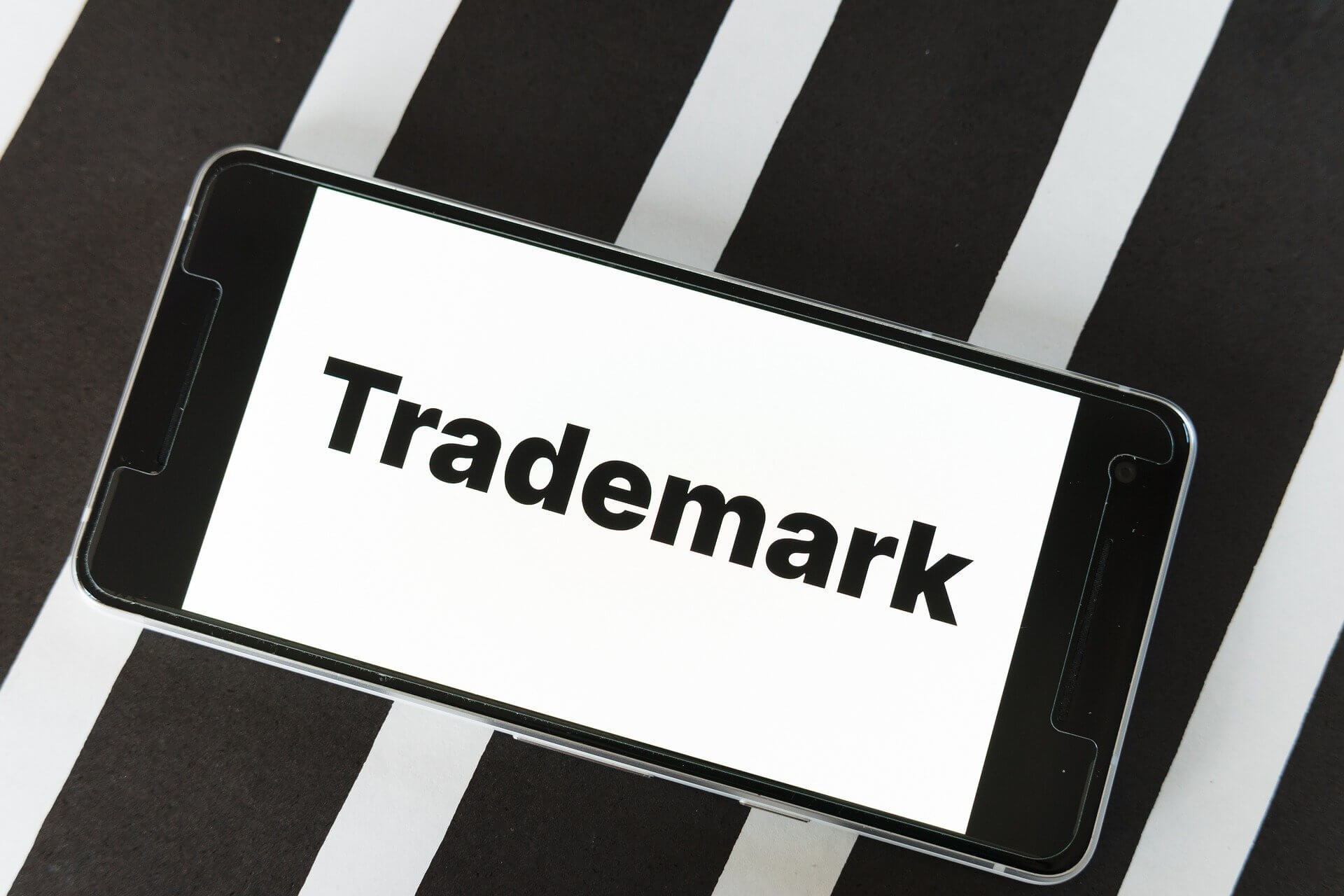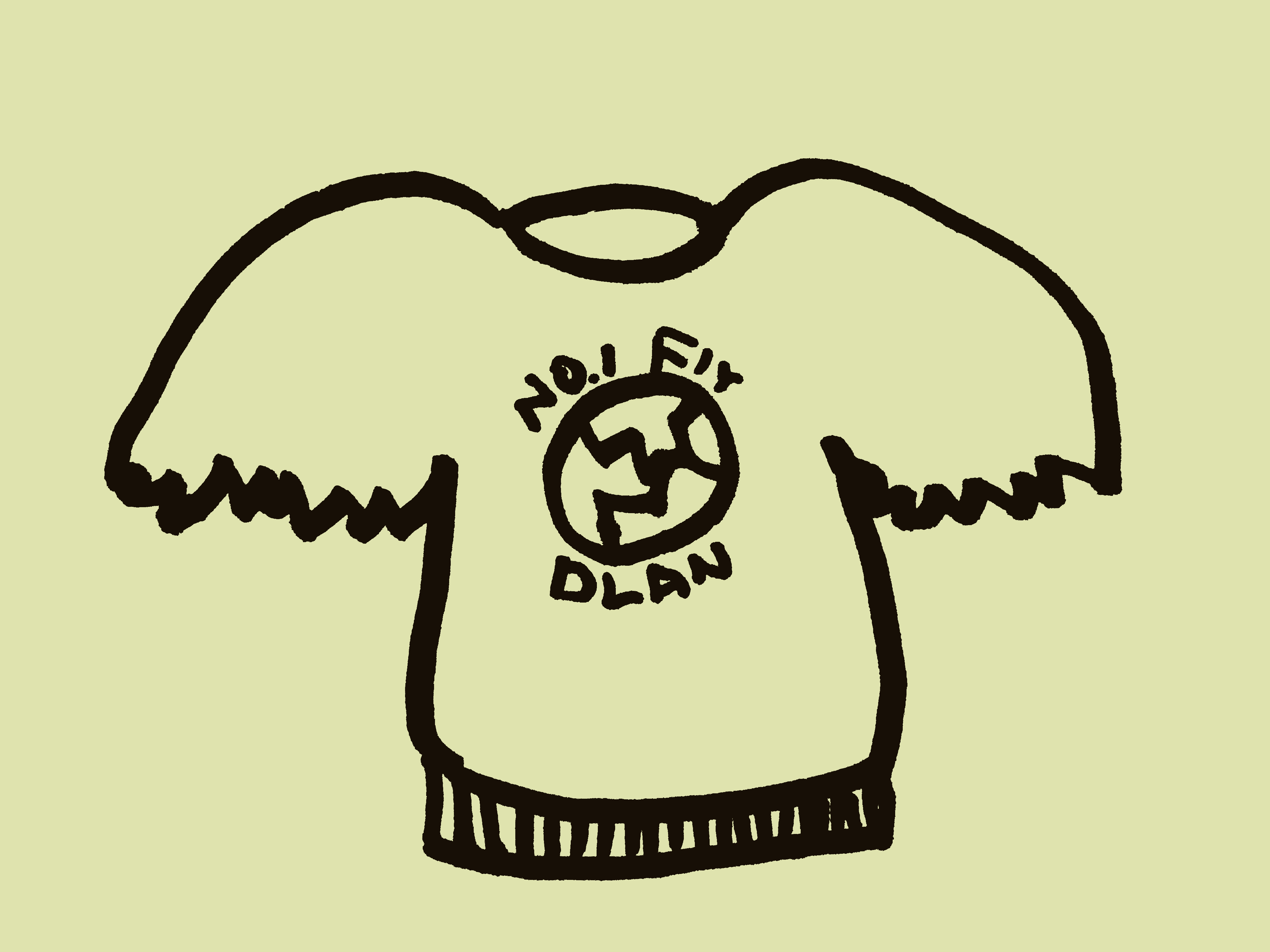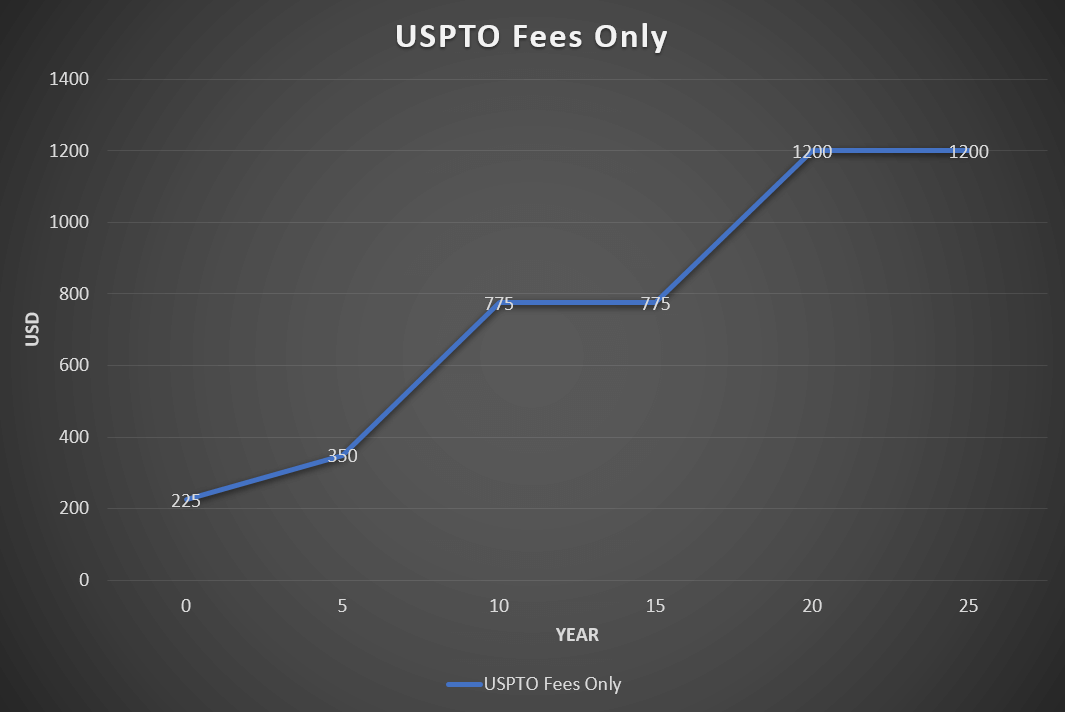Most clients come to me after their products reached the market. In fact, that’s when you know for sure that your product has the potential to be something. If not, why invest in registering trademark?
On the other hand, most big companies register their intent-to-use (“ITU”) marks months before they actually develop or start selling an item. Why? It’s simply much safer to invest their money into marketing and so on once you know that nobody else has or can have a trademark registration on your potential mark.
Does this mean you also need to act fast? Probably not. Simply put, many new products or services eventually fail. This is not because of some poor planning or lack of insight but because of the nature of the market.
Then, when is the right time to register a trademark? The answer depends on the type of your mark.
Is it your company name?
Maybe you intend to use a certain mark for every single product you would produce in the future. This is sometimes called a Parent Brand. For example, under parent brand Apple there are sub-brands such as iPhone, Mac, and iPad. But everything is still Apple. Well, in this case, what are you waiting for? Go ahead and register unless you’re counting days for the demise of your company.
Is it a logo?
Now you be cautious. Once you register a mark, you can’t change the registered mark. This includes minor changes and renewals that most companies eventually do on their logos. It might be a slight change of color, or it could be a modernization of some characters or graphic. The law is clear: no change is allowed.
Hence, if your logos are still in development, I’d suggest you to wait till you have the final version. Nonetheless, there is some benefit from acting fast. If you have a logo registered, other people are stopped from registering similar logos. In other words, you would claim the priority, and priority is always good.
I suggest you act fast if you’re concerned that someone else might be taking your idea or concept of a logo. If the current version of your logo includes all elements that you consider important, registering it would give you priority for those elements.
On the other hand, if your logo is pretty unique and unlikely anyone else would be interested, then don’t hurry into registering a draft in order to avoid incurring unnecessary cost.
Is it a phrase or a combination of words?
Now, this is a business decision. Think about how valuable your trademark would become in months or even years. There is possibility that you might not be using the phrase or words ever. Do you still want to take the risk of spending your money for a
trademark certificate, which can become a piece of paper if things go the wrong way?
Is it a made-up word?
This is a real advice you would get it from this article. You go ahead and register a domain name YOUR_TRADEMARK.com. Sure, domain names are the same as trademark registration. On the other hand, it costs only $12 a year. Trademark application on the other hand costs you $250 (after discount for doing everything including filing and amending your application on TEAS) just for application fees alone.
I’m not saying domain names can somehow replace trademark protection. However, it just makes economic sense to get a domain registered first and then think about getting trademark registered later.







 client spends about $710 including all government fees and other expenses to get a trademark registered.
client spends about $710 including all government fees and other expenses to get a trademark registered.








